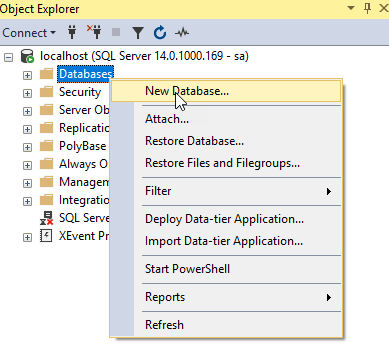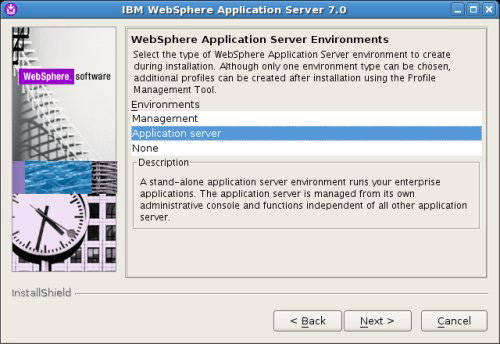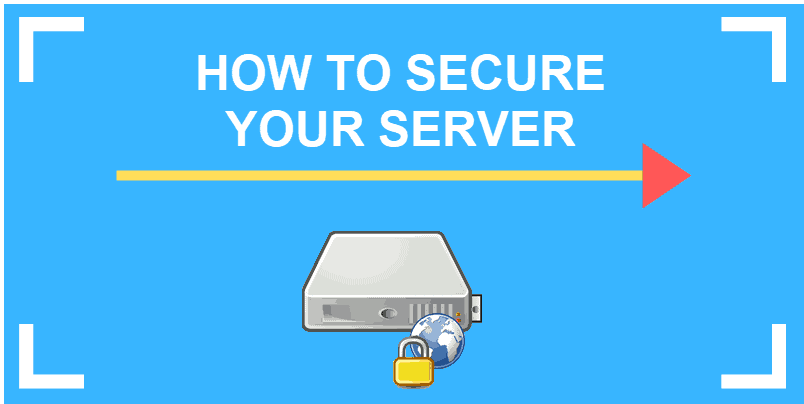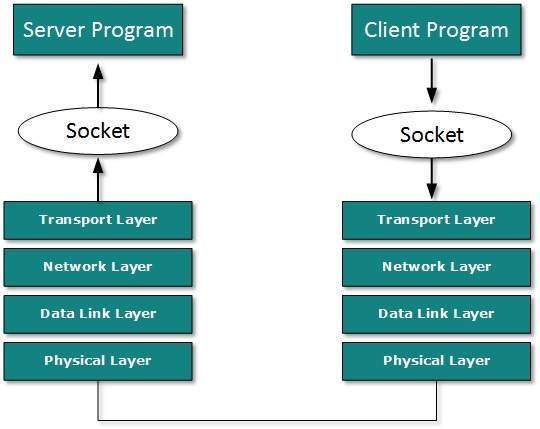How to Create a Table on SQL Server 2014 Tutorial
In this how to create a table on SQL Server 2014 tutorial, we’ll learn about creating a table, the primary key constraint, how to set up non-clustered indexes, and how to choose a data type. Once you have these things down, you’re ready to start creating tables in SSMS. You may be wondering where to begin. If you’re unfamiliar with the process, keep reading!
Non-clustered indexes
Creating a non-clustered index is the same as creating a clustered index, but you will be using the keyword “NONCLUSTERED” instead of “CLUSTERED.” The following script will create a non-clustered index, and sets the following options: ANSI_PADDING = ON, STATISTICS_NORECOMPUTE = OFF, and SORT_IN_TEMPDB = ON. Non-clustered indexes will also use ALLOW_ROW_LOCKS and ROW_OVERFLOW_DATA=ON.
When creating a table in SQL Server 2014, you can choose between using non-clustered indexes and clustered indexes. Non-clustered indexes require large disk space and several pages to store index data. Too many columns cause fewer rows to fit on a page, increasing I/O and caching efficiency. In addition, a large index increases the possibility of data modification overhead.
Decimal or numeric data type
When creating a table in SQL Server, you need to decide whether to use a decimal or a numeric data type. Decimal data types are used in scientific calculations and many sectors deal with them on a regular basis. Generally, organizations round up decimal values to whole numbers to make the process easier, but this can result in inaccurate outputs. Decimal data types are perfect for storing large amounts of crucial data.
In SQL Server versions prior to 2012, you can convert a number into a numeric data type using the d parameter. However, if you want to convert a number to an integer, you will have to use a workaround. For instance, if you want to convert a number to a decimal, you can use the COALESCE expression.
Creating a table in SSMS
The first step in creating a table is to specify the column names. These should be specified in the format ColumnName DataType NOT NULL separated by a comma. This specifies what kind of data each column can store. The data types available include integer, float, date and time, character strings, and Unicode. These data types are supported by SQL Server. For example, to create a table containing employees’ data, type in empID, name, and age as integer values. Then, in the resulting query, execute the statement to create the table.
To create a new table, you need to have the CREATE TABLE permission on your database and a corresponding schema. You must also have ownership of the type, REFERENCES, and XML schema collection. If you’re not sure whether you have these permissions, consult your SQL documentation. You can also open the SSMS Object Explorer to view your table.





